Introduction Swimlane activity diagrams are a type of UML (Unified Modeling Language) diagram used to model the workflow of a
Continue reading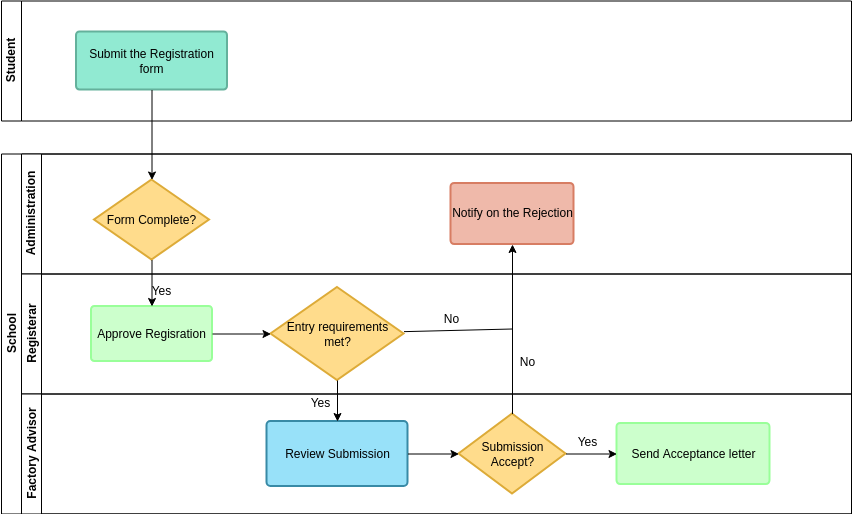
Learning one new thing everyday


Introduction Swimlane activity diagrams are a type of UML (Unified Modeling Language) diagram used to model the workflow of a
Continue reading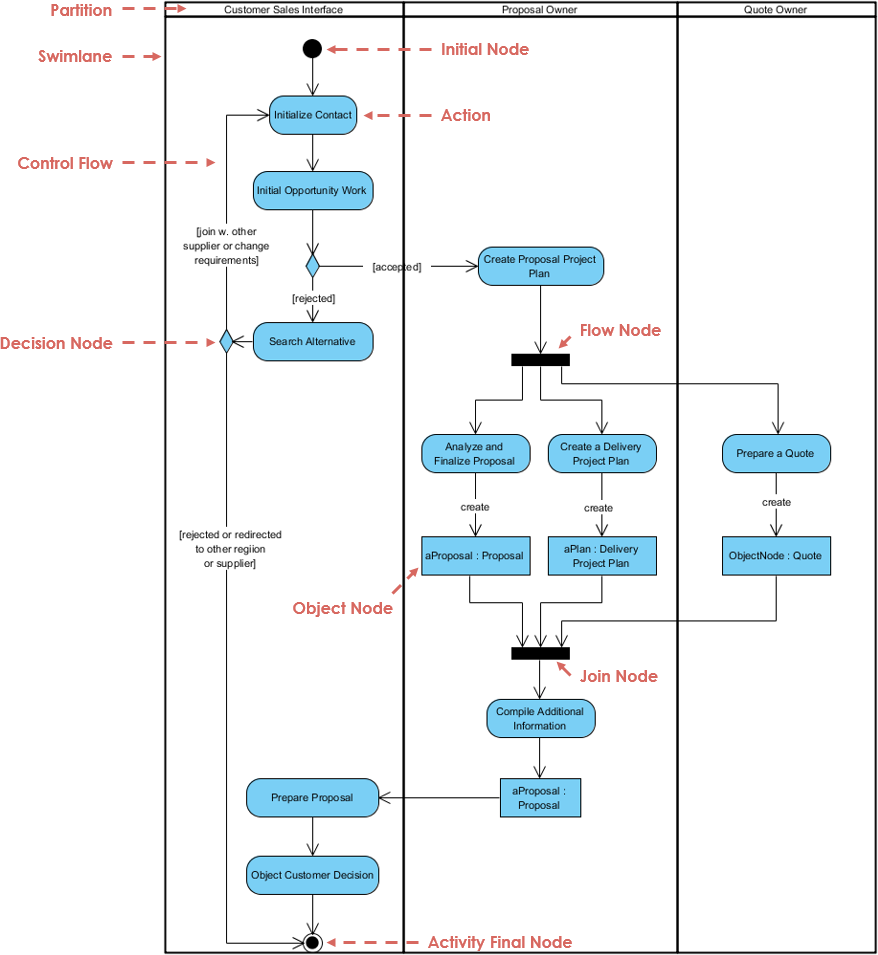
Introduction Swimlane activity diagrams are a type of UML (Unified Modeling Language) diagram used to model the workflow of a
Continue reading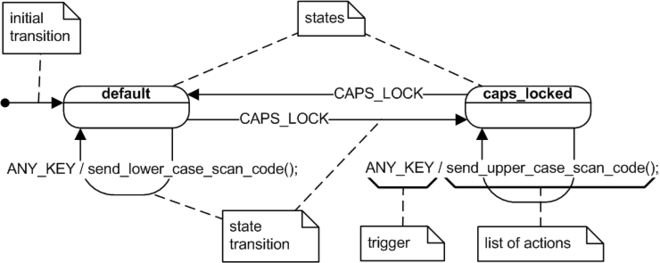
Unified Modeling Language (UML) State Machine Diagrams are powerful tools for modeling the dynamic behavior of systems. They illustrate the
Continue reading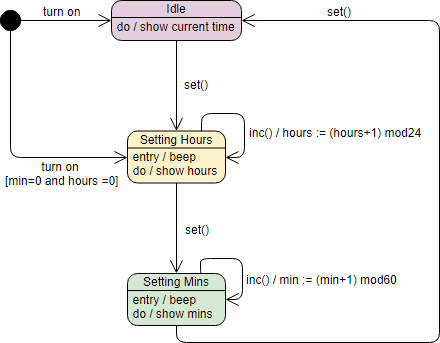
UML State Charts, also known as State Machine Diagrams, are a type of behavioral diagram in the Unified Modeling Language
Continue reading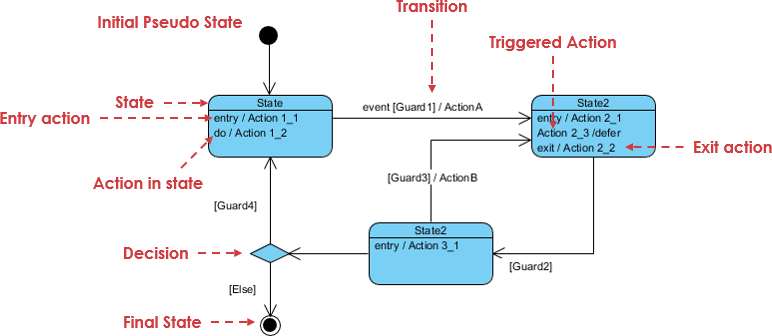
State Machine Diagrams are a crucial part of the Unified Modeling Language (UML), used to model the dynamic behavior of
Continue reading
Unified Modeling Language (UML) Timing Diagrams are a type of interaction diagram that focuses on the timing constraints of objects
Continue readingIntroduction Use cases are a fundamental tool in software development and systems engineering, providing a structured way to capture the
Continue reading
Introduction Use cases are a fundamental tool in software development and systems engineering, providing a structured way to capture the
Continue readingIntroduction In the rapidly evolving landscape of e-commerce, providing a seamless and efficient user experience is paramount for success. As
Continue reading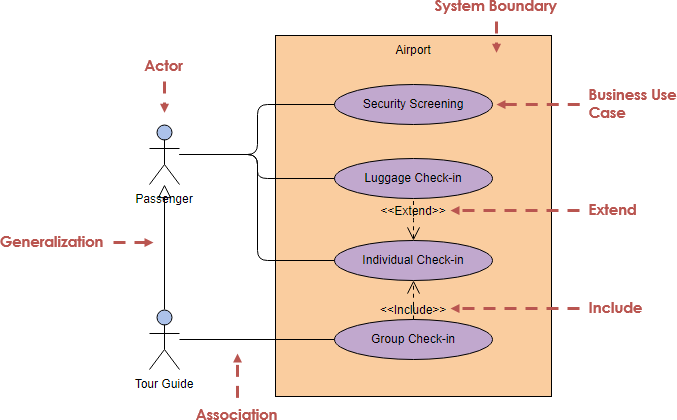
Introduction Use Case Modeling is a critical aspect of software development that helps in capturing the functional requirements of a
Continue reading